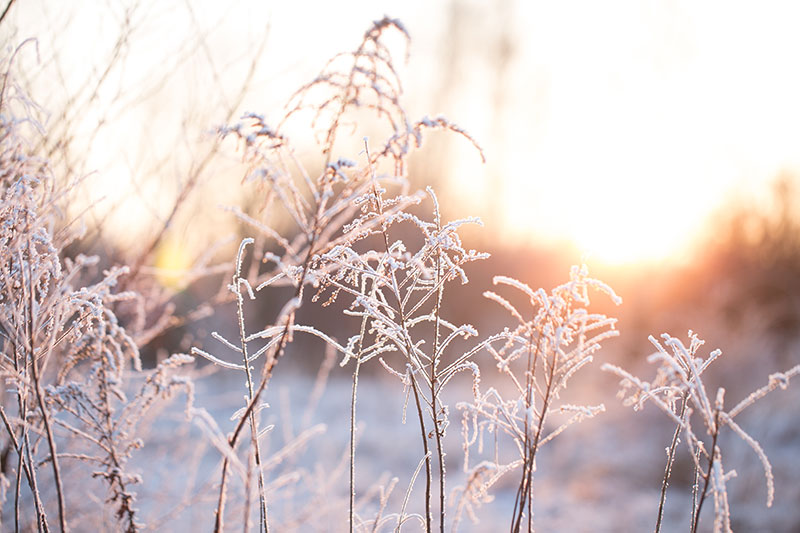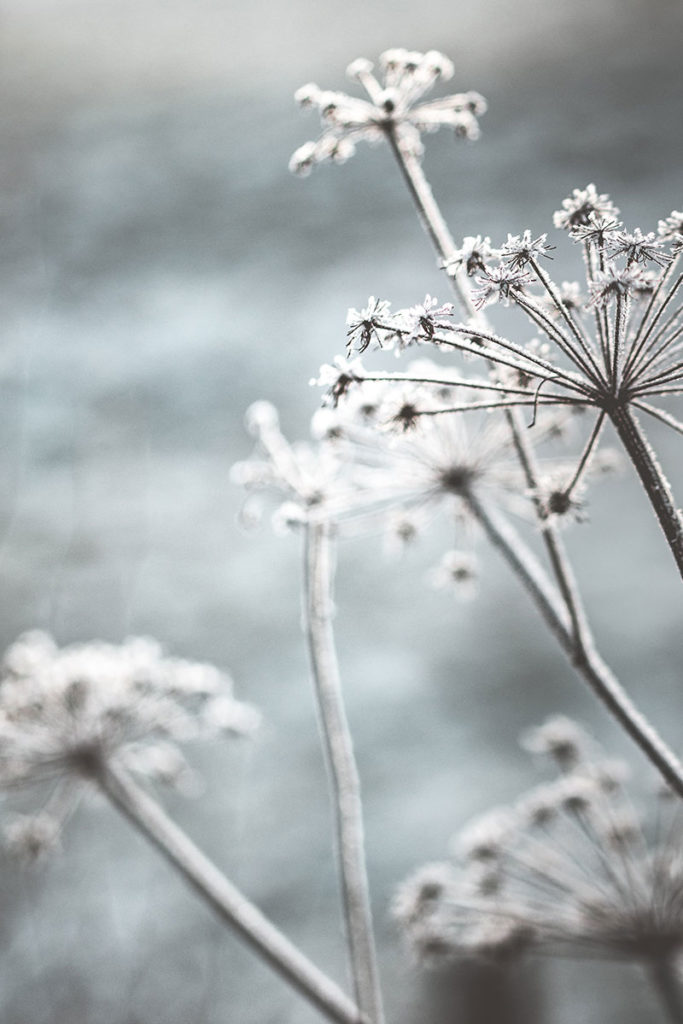Gardening is a way of showing that you believe in tomorrow.
How do I over-winter Northern Sunset
Perennials in their flats?


There is no reason that, with proper care, Northern Sunset Perennials cannot be over-wintered in their pots. After all, we over-winter about 700,000 perennials every year, with good success. Whether it is pots that have not sold in the garden center or left over landscape material, many folks have called to ask just how to go about preparing Northern Sunset Perennials for a long winter’s nap.
The two most important principles to successful over-wintering are A) insulation to prevent damage to the crown and B) keeping the plants frozen all winter to prevent heaving and/or premature growth.
Here are some tips to properly care for Northern Sunset Perennials over the winter months.
- It’s a good idea to put all the flats you plan to over-winter in one area. Grouping flats together helps to give some insulating value. This also makes it easier to check on the plants during the winter.
- Make sure the plants are maintained properly until they are covered by pruning them back to about 2″-4″ and watering when dry.
- It is important to wait to cover until the soil has frozen, which ensures that the plants are completely dormant. This is usually around Thanksgiving in our area.
There are three methods which can be used depending on your resources and needs:
- Method One entails setting flats on the ground, preferably in a protected area such as the south or east side of a building or even an unheated hoop house. Water well before freeze up and wait until the soil is frozen to a depth of 1″- 2″. Bait for rodents, and then cover with a frost blanket or landscape fabric. Place over this 10″ – 12″ of clean straw, marsh hay or evergreen boughs.
- Method Two is used when space is at a premium. Flats are watered well before freeze up and stacked on pallets, then placed in an unheated building. Once the soil is frozen, rodent bait is placed and several layers of frost blanket are applied to the stacked flats. Alternately, hay bales can be stacked around the edges on top of the frost blanket to keep the soil frozen.
- The Radtke method entails placing flats in wooden frames on the ground, and laying chicken wire over the frames to provide an airspace, then baiting for rodents. Landscape cloth is laid on top to provide wind resistance and, finally, clean straw for insulation.
The covering is removed in spring, when the snow cover disappears and the frost starts to leave the ground, anywhere between late March and early April, but typically around April 1st. Choose a cloudy day to uncover, with the night time temperature in the upper 20’s or lower 30’s. Remember that any plants that have begun to grow will be soft and easily frozen.
There are some perennials that just don’t like to be over-wintered in pots, no matter how much TLC they receive. These should be given a place in a minimum heat greenhouse (30-32 degrees) for the winter and include Anemone japonica Hyb., Chasmanthium, Dictamnus, Hakonechloa, Helleborus orientalis Hyb., Hibiscus, Humulus, Miscanthus (except purpuracens), Pennisetum and Verbena.
